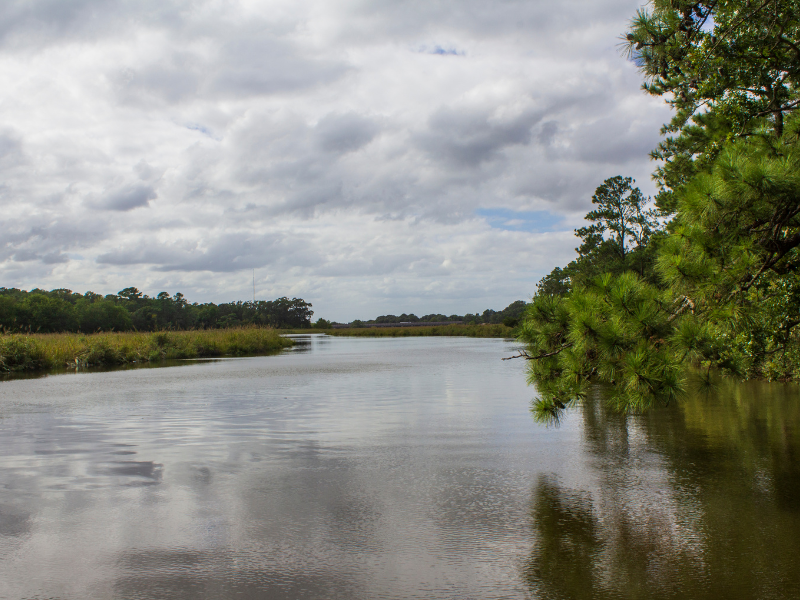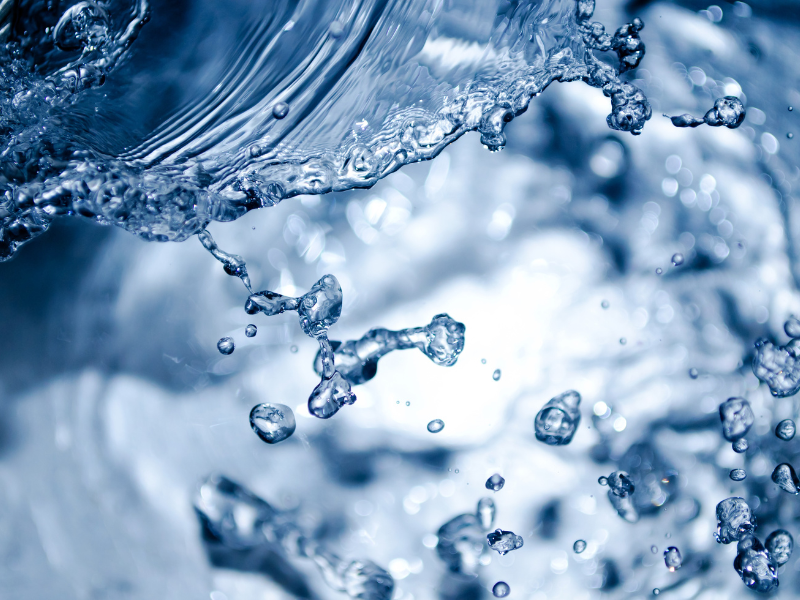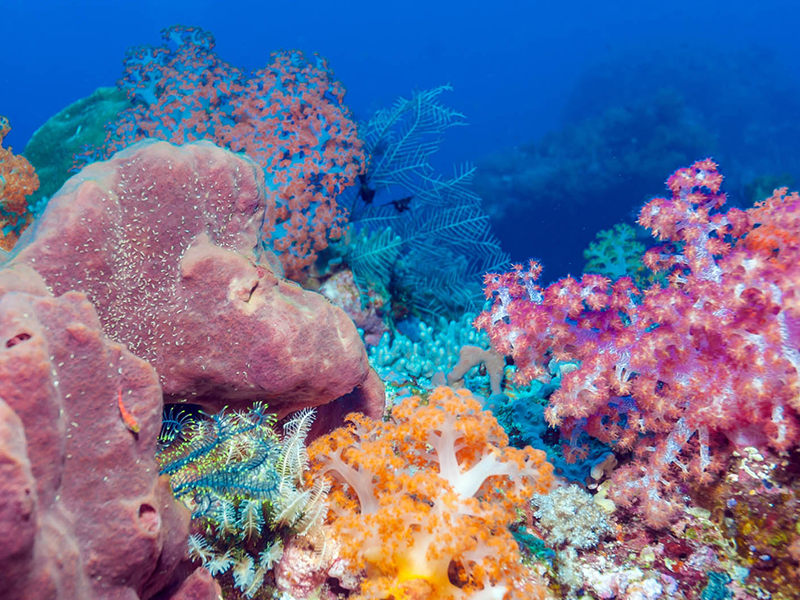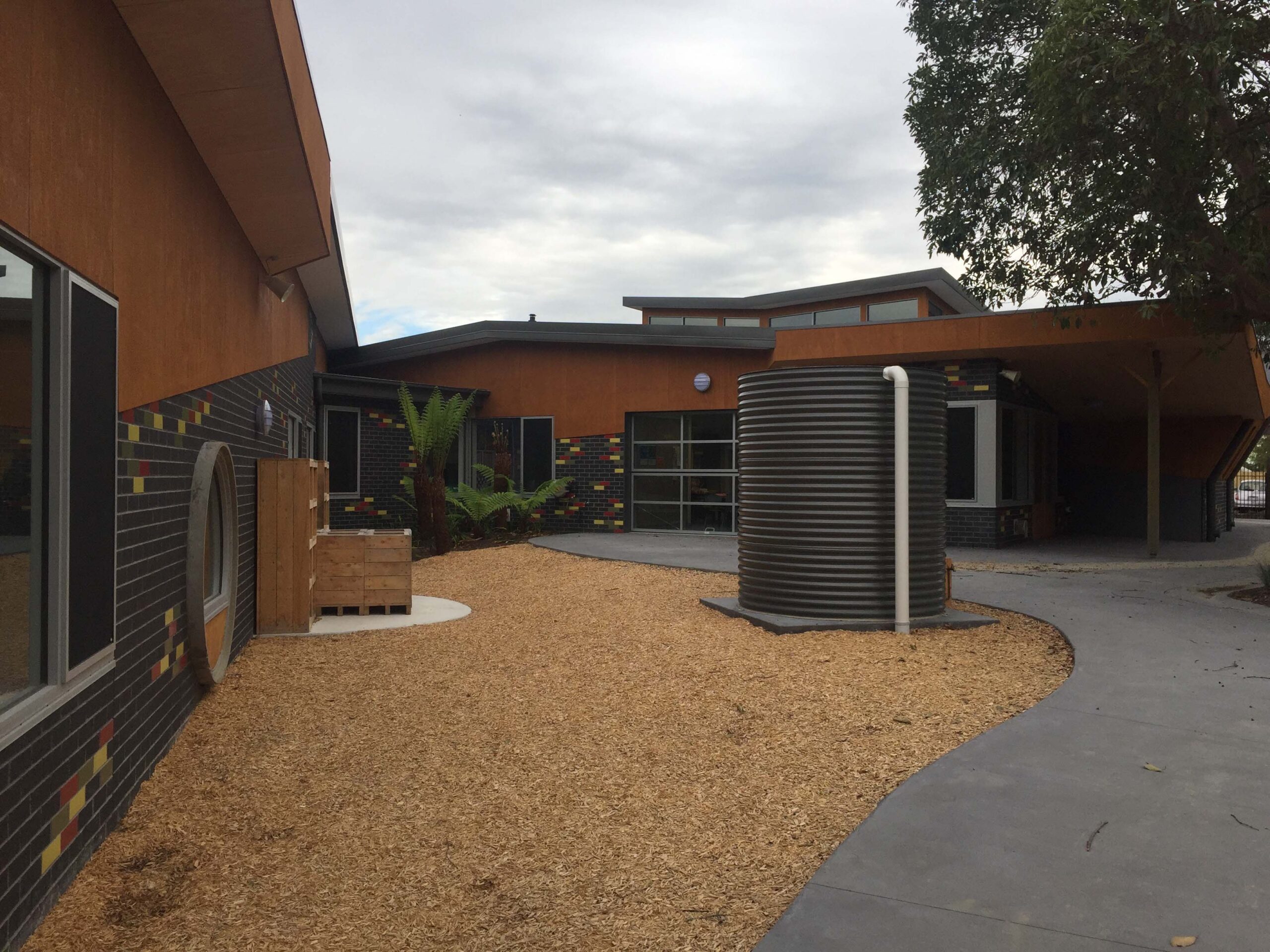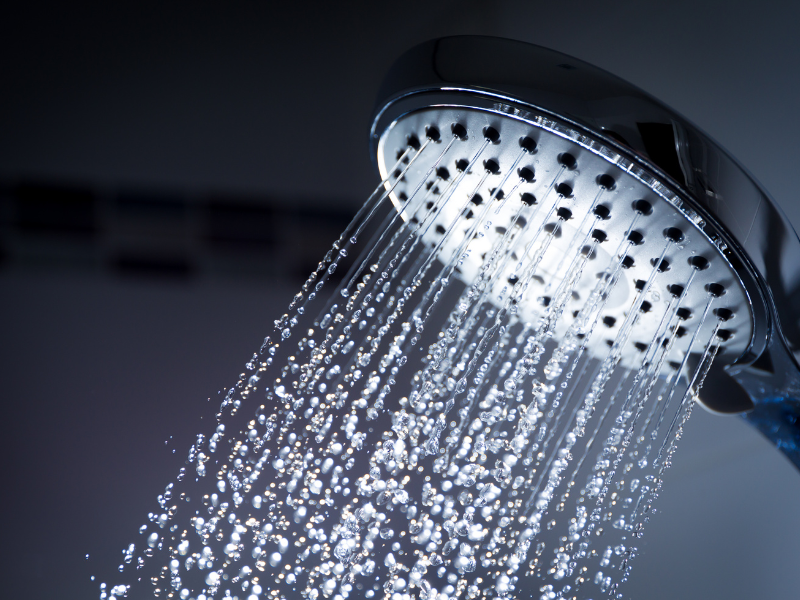Protecting Our Waterways Curriculum Activity
Suitable for Primary (Years F-2)
Victorian Curriculum Links:
Critical and Creative Thinking
F-2: (VCCCTQ001);(VCCCTR006)
Geography
F-2: (VCGGK069)
Activity Description
The Protecting our Waterways activity teaches students the importance of waterways to both humans and animals. Students learn about run-off from schools and streets and how this affects waterways. Students investigate the drains in the school grounds and take note of anything they notice inside the drains. Students then complete the worksheet by cutting and categorising the images of materials found in rivers under the headers of ‘Unhealthy’ or ‘Healthy’, in order to come up with some actions/solutions to protect our waterways.
Key Concepts
Pollution, Waterways, Local Environment, Habitat
Key Learning Intentions
1. Students will be able to discuss why waterways are of value to people and animals
2. Students will explore what runoff is and what it carries into our waterways
3. Students will learn how to take care of our waterways by categorising what is healthy or unhealthy for it
Suggestions for Assessment
Formative
1. Participation in the stormwater drain investigation
2. Participation in the categorising activity and the generation of solutions to protect waterways
Instructions
1. Tune in
Introduce students to the concept of a local waterway, stormwater drains and runoff. You may like to use a book about rivers to help support this (see below resource list for suggestions). Possible tune-in questions could be:
- What is a local waterway?
- Who has been to a waterway? What were your memories? What did it look like? How did you feel?
- Who else lives in or around these waterways? (List animals who rely on waterways as their habitat)
You may wish to look at Google maps (Earth view) to identify the location of your school’s nearest waterway.
Stormwater drains and runoff
Have you ever noticed how many drains there are on the streets and side of the road, even here in the school grounds? These drains lead to our creeks, rivers and then out to the ocean. It’s important to know which items should and shouldn’t go down the drain so that we can keep the water that ends up in our waterways as clean as possible.
2. Investigate
Take a tour of your school buildings and grounds to note all the different drains that take water (and other nasties) away from your school. Make a list of the types of things that might go down the drain (even what you see inside or around the drains) then discuss why some are OK, while some of them should definitely NOT go down the drain.
3. Cut and categorise
Using the ‘Protecting our Waterways Worksheet’ have students cut out the different images and categorise them into a table under the headings ‘Healthy’, ‘Unhealthy’ and ‘Why’. How could we help keep the unhealthy items out of our stormwater drains?
Suggested ResourceSmart Schools Module Links
Undertaking the activity as described above links to the ResourceSmart Schools WaterModule – actions B1.1, B1.2, B1.3
Below is a list of extension activities that link to additional actions of the Water module:
- Conduct a water audit at your school to identify ways that water is used and any possible water saving strategies and recommendations (Resourcesmart Schools Water Module – actions A1.1, B1.4, B1.8, C2.1)
- Create interpretive signage about stormwater drains and their link to waterways to encourage actions to protect the waterways (ResourceSmart Schools Water Module – action A2.5)
- Participate in a local clean-up or planting day at your nearest waterway and include a story in your school newsletter or website (ResourceSmart Schools Water Module – actions B1.1, B1.3, B1.4, C1.1, C1.3, C3.1)
- Introduce nude food days to your school, if you haven’t already, to help limit the amount of litter that ends up in our local waterways (ResourceSmart Schools Water Module – actions A2.1, B1.1, B1.3)
- Write a story about how the false teeth (or any other silly item) ended up in the local creek, and how it was rescued (ResourceSmart Schools Water Module – actions B1.1, B1.3)
- Invite a local indigenous group(s) to share their traditional perspectives on the uses and value of waterways (ResourceSmart Schools Water Module – actions A1.1, A4.9)
- Create an education brochure or pamphlet about protecting our waterways. Distribute these in the school e-newsletter (ResourceSmart Schools Water Module – actions A1.1, C1.1, C1.3, C3.5)





